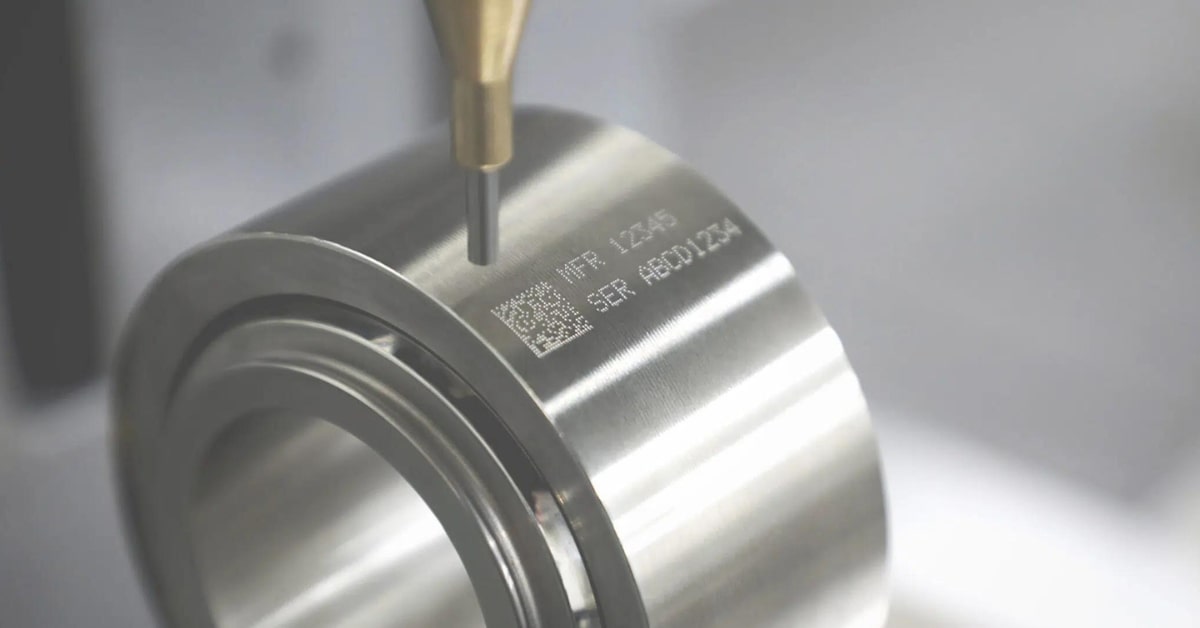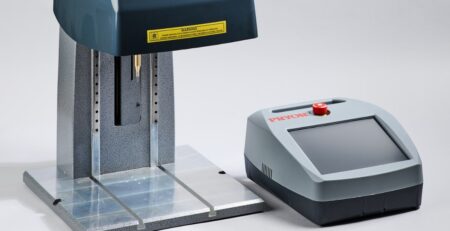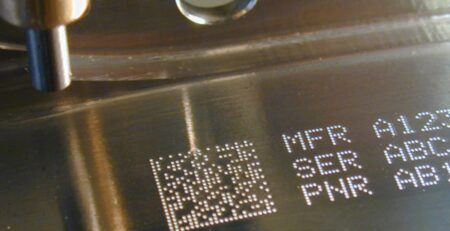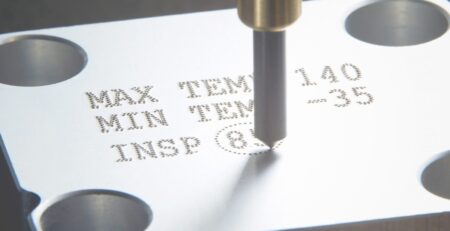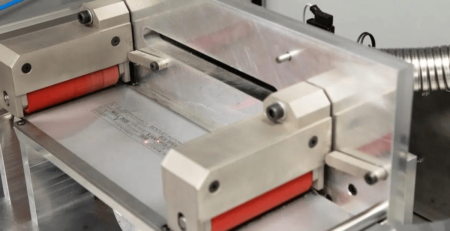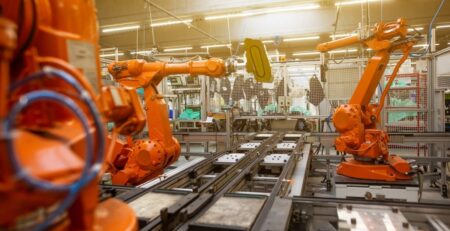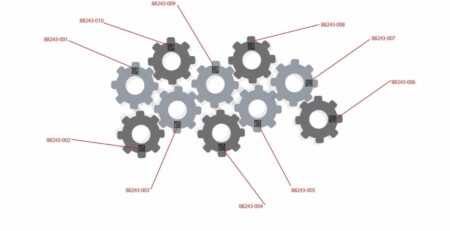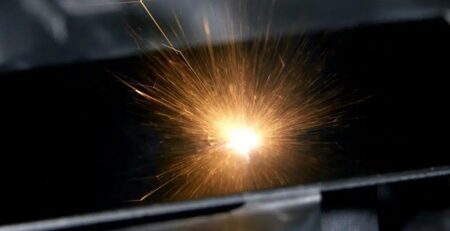Error-proofing and Traceability
A guide to reducing quality escapes, recall costs and production inefficiency via unique part identification.
Do Product recalls cost you time and money?
Can you instantly trace quality issues in your manufacturing process?
At Pryor we specialise in part marking equipment and traceability software and we often get heavily involved with our customers on their journey to improve traceability in their manufacturing process. This normally involves adding a permanent mark, directly on to the part itself via one of the following processes: dot peen marking, laser marking, scribe marking, or chemical etching. The applied mark can consist of human and machine-readable codes the form a unique part identification and that once applied, can then be used for error-proofing and traceability. To highlight how this works and how it can easily be implemented, we like to split the process into four distinct areas:
- Process Control
- Data Capture
- Production Monitoring
- Life-Cycle Traceability
1. Process Control
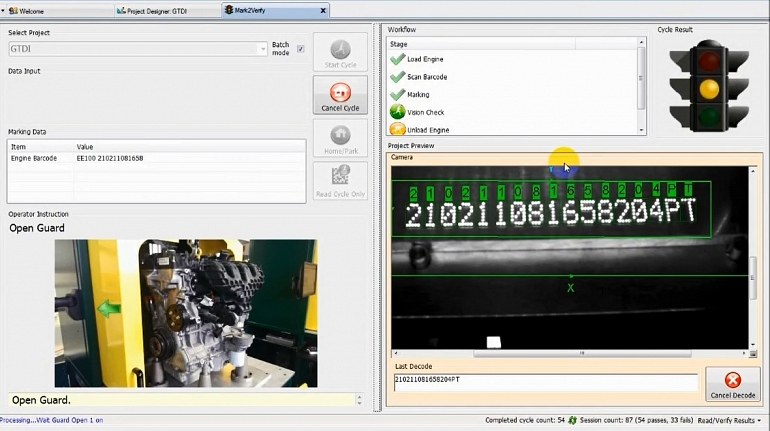
On most occasions, process control for error-proofing and traceability can be split into two areas: machining and assembly. The key element in both of these areas is the operators, human error remains the most significant cause of quality escapes in manufacturing.
One approach to reducing these quality escapes is automation, and fully robotic, vision guided marking systems are provided for that reason. They can identify a component, select the relevant marking data and layout and place it automatically in the right place. No operator is involved in the process.
But automation is not always appropriate, cost-effective or possible. Furthermore, even when automation is not in use, cross checks that no process steps have been missed can provide 100% process control and by using unique IDs and simple software tools, process errors can be prevented.
In the case of processes on a single component, a unique ID should be permanently applied to the component. If every process requires a scan of the ID prior to initiation then it can be ensured that no steps have been missed, performed in the wrong order or under incorrect parameters. For example, perhaps a process needs to be completed within a certain timeframe, or in certain ambient conditions. This input data can be used to prevent a process from starting.
When it comes to assembly of components into a finished product, if every component has a unique ID, then scanning each prior to its assembly ensures that nothing is missed and assembly is made in the correct order. Again, if other parameters need controlling, they can be linked to each step of the process, which cannot be progressed unless all conditions are met.
Operator instructions can be shown on screen, and equipment controlled with digital I/O, ethernet or various fieldbus control options.
2. Data Capture
While process control is about preventing errors, the implementation of a unique ID on every component and linking them to manufacturing data provides an additional, powerful tool.
The data can be stored quickly, building up a significant bank of information about production processes. This “Big Data” can be used to improve efficiency and productivity, identify trends and highlight problems. The data can also be linked with other production management systems in line with a wider Industry 4.0 implementation.
ID scans at specific, regular points in the production process automatically log cycle times and can be matched to production parameters – ambient temperatures, shift numbers, operator ID – the list, and quantity of data, is never ending.
Reports can be generated for individual components, or for each process step, considering numerous parameters. Trends can be studied and production improvements proposed. The impact of improvements can be monitored and checked.
3. Production Monitoring
Analysing Big Data to improve production processes is one thing, but flagging up bottlenecks and issues in real time means that problems can be prevented in the first place.
This concept is commonly referred to as Andon, a Japanese production concept using traffic lights to indicate issues in a production process, so that manufacturing and maintenance engineers can intervene early and correctly to prevent hold up further down the line.
Numerous extensive and complex software products exist to do this and have been implemented on large production lines for many years. If unique ID scans are already being performed throughout production, for reasons of process control, traceability or data capture, then it is a much more simple step to add on production monitoring.
Settings are made for each process and if scans are not happening at the specified rate, frequency or intervals, flags can be set and alarms raised.
The concept can be implemented on much smaller scale production processes. With less investment required, Andon enters the realms of SMEs, batch production and traditional manufacturing processes, not just a fully automated vehicle production line.
4. Life-cycle Traceability
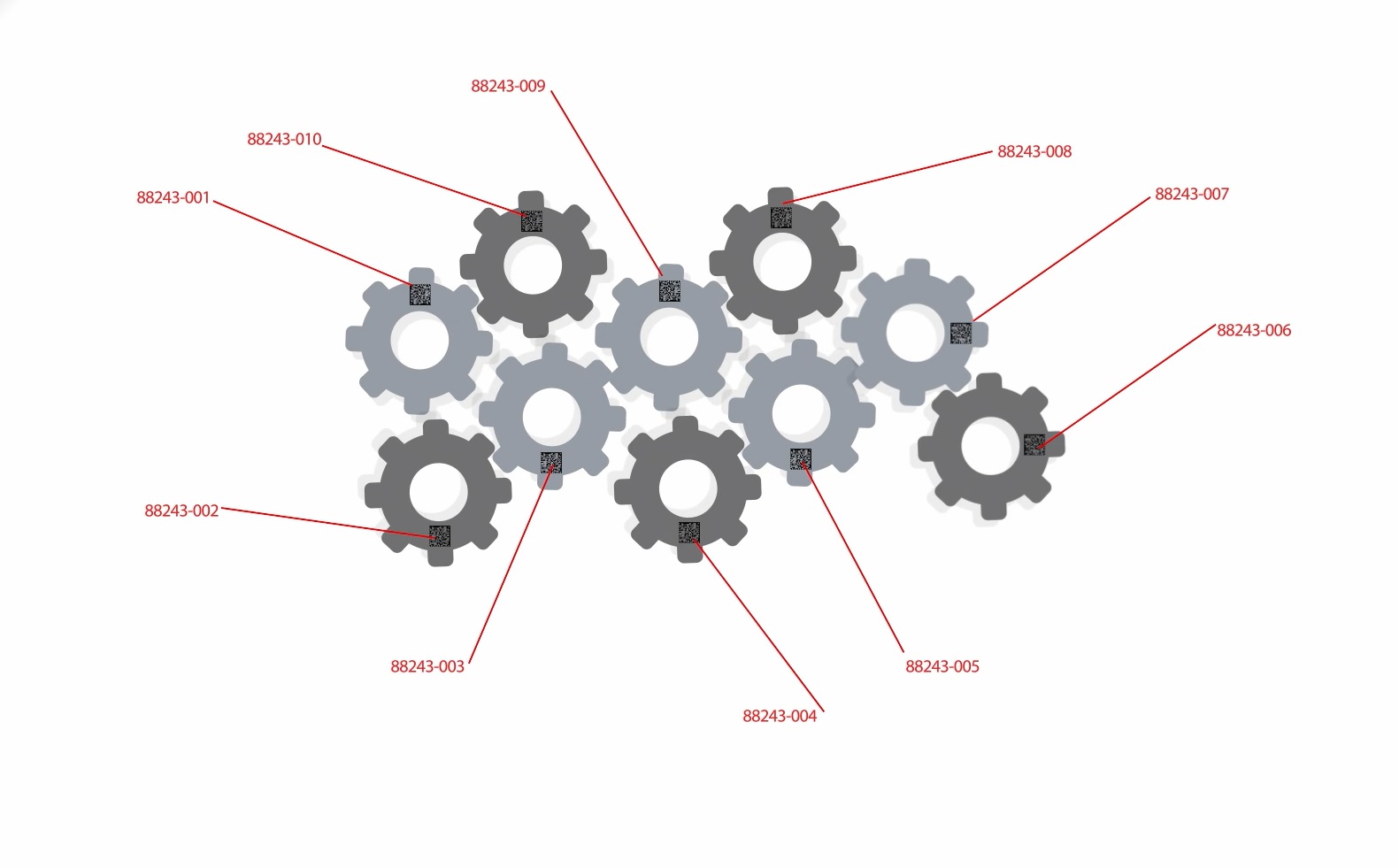
One of the most powerful benefits of a unique ID is that of error-proofing traceability.
No matter how many components there are in your product, they can all be uniquely identified with a Data Matrix code. This means that at any point in the product’s life-cycle (either before it leaves the production facility or after years in the field) any component can be scanned and a full production history instantly recalled.
This gives huge savings in fault finding, with the ability to examine everything that happened to that component in your facility and under your responsibility. Even when parts are replaced in service, the database can be updated with a new scan.
And the data attached to an ID can be any format. A video log of the actual production process, a still image of the product at the time of production and test results are also logged in the part history.
Once the root cause is identified an even bigger benefit comes into play. All other components with the same possible issue can be instantly located – their final assembly location is known and its unique ID picked out. Recalls can be targeted, specific and fast.
Furthermore, a Data Matrix code can carry a lot of information – up to 2335 alphanumeric characters. So, data can be permanently hard coded onto a part for immediate recall. Rather than simply marking a manufacturing date and batch number on a product, a large amount of data can be stored. Or, if this is considered sensitive, the unique ID of the product can instantly read back a full manufacturing history of the component.
This is a big step on from logging batch codes in a spreadsheet but does not require the investment of a full MES or SAP type system.
The Unique ID
A unique ID can be recorded in many different formats.
Modern vision tools can read and log human readable text (“Optical Character Recognition” or OCR).
Traditional barcodes can store a line of numbers to find an entry in a database.
RFID tags can communicate large amounts of data with non-contact readers.
But the industry standard has become the Data Matrix code. It can carry a large amount of data, even when marked in a very small physical area. And because they can store the same data in multiple ways, Data Matrix codes can withstand significant damage while remaining readable.
Whatever the format, however, an important feature for traceability is that the ID is completely unique and is applied to the part in a permanent way – be it laser etched, dot marked or engraved. Ink can rub off and labels can be removed. To ensure full life-cycle identification and recovery of manufacturing data the ID needs to be as long lasting as possible.
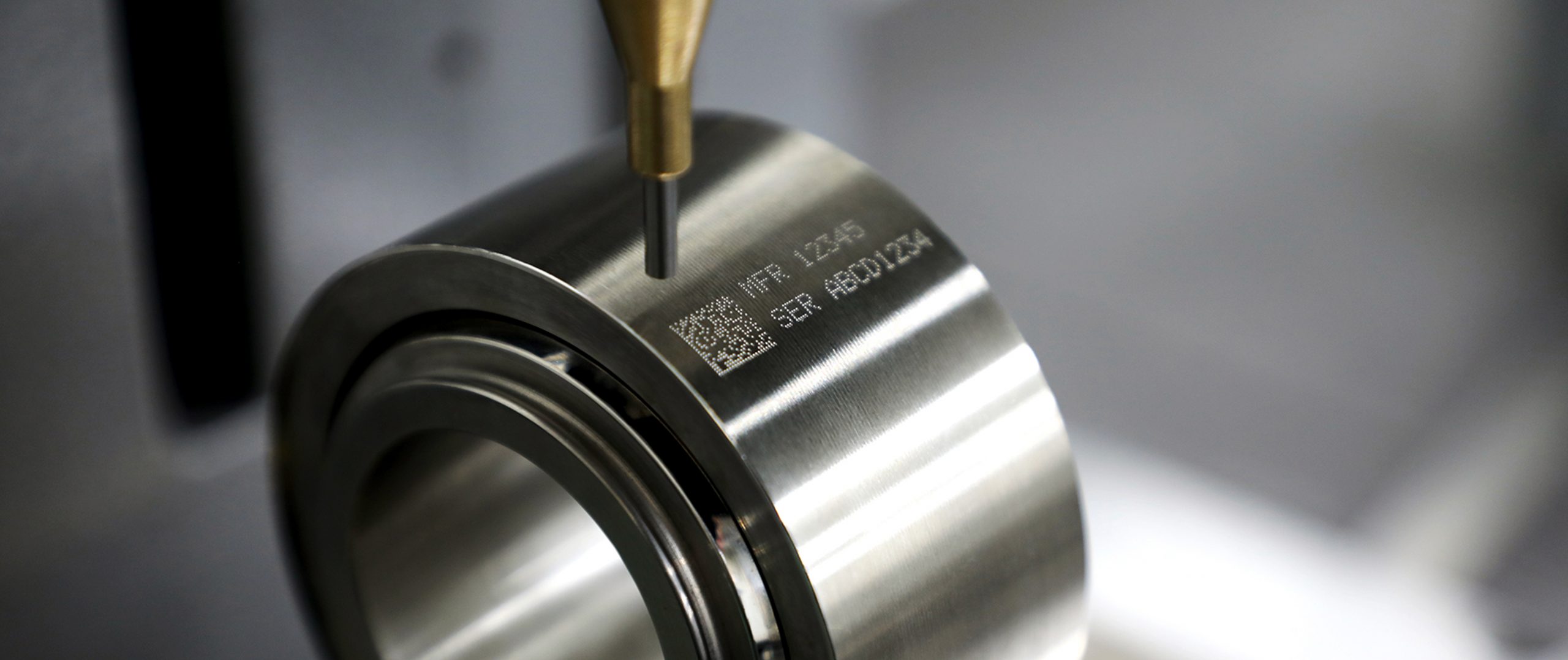
With a unique, permanent ID production processes can be controlled, manufacturing data collected and components traced and recalled.
This saves money, reduces waste and improves customer relationships.
For more information please visit our knowledge centre or click the links below:
